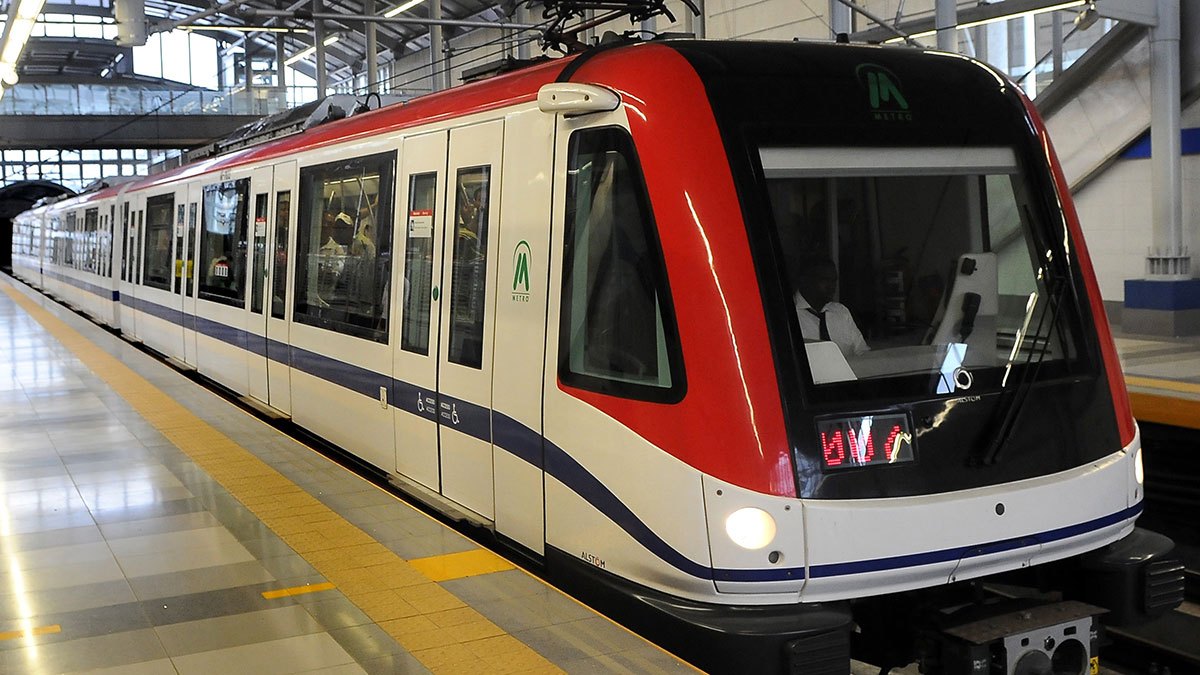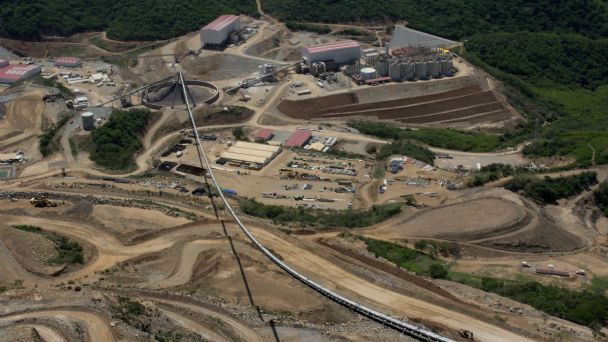Qatar Concrete Company is pioneering a new concrete mixing technology that may well revolutionise the production of this essential construction material in hot countries. Executive directorAntoine Abboud talks to Gay Sutton about the challenges and solutions.
Qatar is currently being furnished with much needed infrastructure such as harbours and ports, a new international airport, a metro system and rail network, thanks to recent and projected future growth in the construction industry. But this is just the prelude to a further phase of construction that includes truly ambitious developments such as the new city of Lusail along with residential, commercial, retail, sports, industrial, tourism and leisure projects throughout the country. Much has been learned from the experiences of 2005 and 2008 when the previous boom resulted in a shortage of raw materials and resources; and now forward resource planning and a focus on supply chain management has established greater security of supply throughout the region.
Qatar Concrete Company (QCC) is a pioneering company carrying a new technology that supports the Green Building concept, ensuring continuity of supply, fulfilling market demand and helping to raise the concrete industry to new heights.Established in 2007 as part of leading Lebanese construction group SEG, QCC has a head office in Lebanon and offices in Qatar, Dubai, Abu Dhabi, Morocco and Saudi Arabia. With a capacity of 3,500 cubic metres production of concrete per day from two batching plants situated in the Lusail area, north of Doha, QCC has a futuristic vision: “We are determined to be a major player in establishing a new era of ‘green’ concrete and to contribute to the state of Qatar’s effort to promote products and solutions for sustainability,” states executive director Antoine Abboud.
QCC is an innovative hybrid concrete producer that is adopting a new European cooling system developed by an Austrian company. “We are investing in acquiring this new green technology to realise our vision to support the Green Building concept,” explains Abboud. This new green cooling technology reduces the consumption of energy, chemicals and other natural resources such as water by an average of 25 per cent, while improving the quality of the concrete in terms of consistency, durability and sustainability. Furthermore, it ensures the continuity of the construction process, even during the hottest months of the year.
“The climate in Qatar can be described as a hot desert, with temperatures exceeding 50oC during the summer months, stretchingfrom April to September,” explains Abboud. “That’s no good for concrete, which should be laid at a temperature of less than 31oC.” As concrete hardens, due to a chemical reaction between the cement and water, heat is produced. The hotter the concrete mix, the less the concrete strengthens. This leads to uncontrollable cracking, and this can be a major concern for contractors and consultants, leading to the rejection of supplied concrete with all the related consequences of discontinuation of construction on-site, in addition to the financial implications.
To avert this catastrophic outcome, the process of cooling the concrete should start as it is mixed, and the curing continued on-site while it’s hardening.
The conventional method for cooling the fresh concrete, so that it can be used at higher ambient temperatures, is to add ice flakes and chemical additives to the mix. “Our technology doesn’t use ice flakes. We cool the coarse aggregate component of the concrete, which accounts for around 40 per cent of the mix, reducing its temperature to around 10oC,” Abboud says. “The mixed concrete leaves our plant at 24oC under any ambient circumstances allowing a significant lead time to sustain a longer delivery to the construction sites.” The plant’s location at Lusail, which is within easy access of projects at West Bay and the Heart of Doha, as well as the new city of Lusail, does not limit QCC delivery to destinations around the capital. “Weare also delivering further afield to places like Dukhan and Al Khor, where we are achieving excellent results,” Abboud says.
This method of cooling has several other engineering benefits. The concrete used in major construction projects of this nature is produced to very exact specifications, which are defined at the engineering design stage. As part of its business practice, QCC offers consultancy and advice on the mix design.
Another benefit is the treatment of coarse aggregate. It is usuallycovered in dust or fines, which introduces an element of uncertainty to the mix design. QCC’s new cooling system works by passing chilled water over the coarse aggregate so the fines are washed away, leaving pure and uncontaminated aggregate. “This gives us much greater control over the qualities within the mix, and consistency of production. Although the new technology is a bit expensive, we could see its economic viability through the saving of energy and other natural resources by approximately 25 per cent compared to conventional systems, so it is indeed a green process.”
The last—but not the least—benefit is seen on the construction site rather than in the factory. The hardening process starts taking place as a result of a chemical reaction between cement and water, resulting in heat being generated. The concrete is then cured on-site to reduce the heat and prevent uncontrollable cracking. By using a significantly cooled concrete mix, less curing is required while the concrete hardens. “We are still in the process of accumulating the data to have evident records to prove that to contractors and consultants. It will take several years before we can demonstrate this definitively. But I believe we can reduce the number of curing days from seven to five, and therefore reduce the amount of water used. So the environmental benefits will not be ours alone.”
Environmental sustainability is certainly a primary focus for construction projects, and this is especially true for Qatar. “I see this process creating a shifting paradigm in concrete production as we move to producing better concrete with better sustainability and durability,” Abboud declares.
“We are now ready to implement this new technology elsewhere: our intention is to be the marketing and technical arm for the new cooling technology and I believe we will be able to make it the new standard in concrete production for hot countries,” he concludes.
DOWNLOAD
 Qatar.Concrete-EMEA-Jan12-Bro-s.pdf
Qatar.Concrete-EMEA-Jan12-Bro-s.pdf













